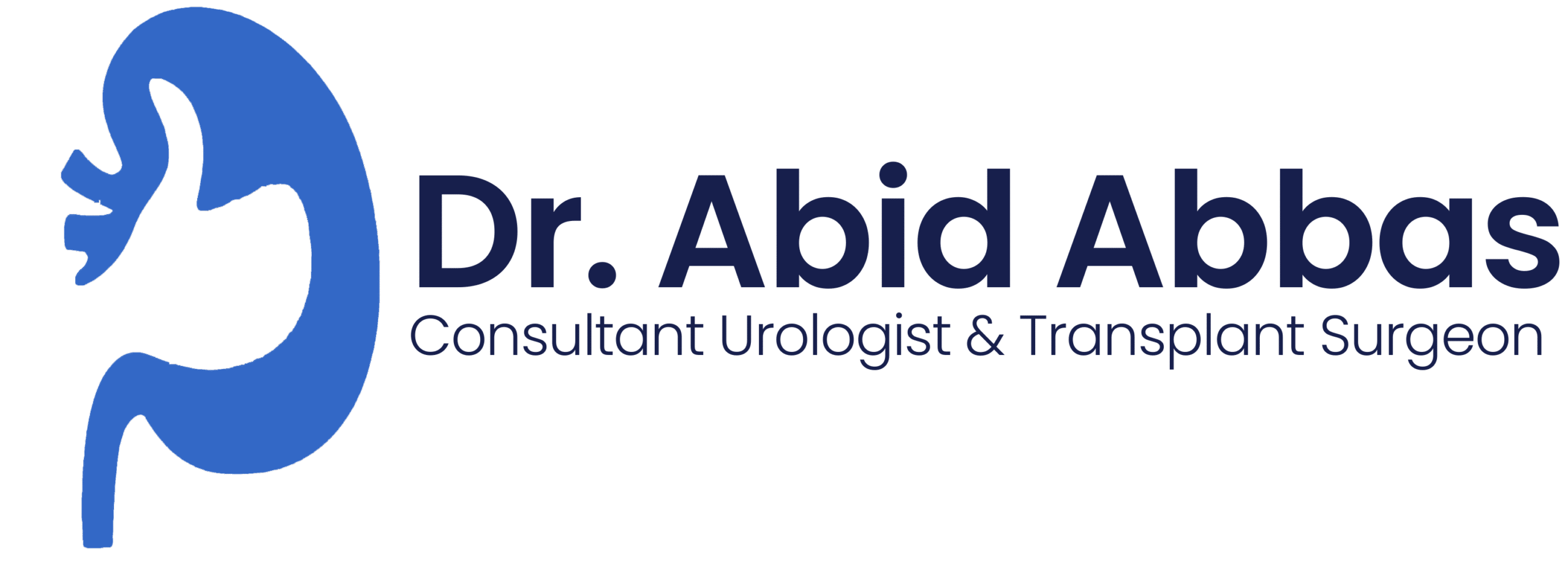PCNL Patient Guide
Percutaneous Nephrolithotomy (PCNL) is the best treatment for large stones in the kidney. General anesthesia is needed to do a PCNL. PCNL involves making a half-inch incision (cut) in the back or side, just large enough to allow a rigid telescope (nephroscope) to be passed into the hollow center part of the kidney where the stone is located. An instrument passed through the nephroscope breaks up the stone and suctions out the pieces. The ability to suction pieces makes PCNL the best treatment choice for large stones.
After the PCNL, a tube may be left in the kidney to drain urine into a bag outside of the body. This will allow for drainage of urine and stop any bleeding. The tube is left in overnight or for a few days. You may have to stay in the hospital overnight after this surgery
- Best Surgical Option
- Fast Recovery
- Minimal Hospital Stay
- Patient Satisfaction

Frequently asked questions
Here are few Frequently asked questions:
Part of preventing stones is finding out why you get them. Your health care provider will perform tests to find out what is causing your stones. After finding out why you get stones, your health
care provider may give you tips to help stop them from coming back. Some of the tests he or she may do are listed below.
Medical and dietary history
Your health care provider will ask questions about your personal and family medical history. He or she may ask:
• Have you had more than one kidney stone before?
• Has anyone in your family had stones?
• Do you have a medical condition that may increase your chance of having stones, like frequent diarrhea, gout or diabetes?
Knowing your eating habits is also helpful. You may be eating foods that are known to raise the risk of stone. You may also be eating too few foods that protect against stones or not drinking enough fluids.
Understanding your medical, family and dietary history helps your health care provider find out how likely you are to form more stones.
Diet Tips to Prevent Stones
Drink enough fluids each day.
If you are not making enough urine, your health care provider may suggest you drink at least 3 liters of liquid each day. This is about 3 quarts or about ten 10-ounce glasses. This is a great way to lower your risk of forming new stones. Try to drink more to replace fluids lost when you sweat from exercise or in hot weather.
Reduce the amount of salt in your diet. This tip is for people with high sodium intake and high urine calcium or cystine. Sodium can cause both urine calcium and cystine to be too high. Your health care provider may advise you to avoid foods that have a lot of salt.
Eat plenty of fruits and vegetables. Eating at least 5 servings of fruits and vegetables daily is recommended for all people who form kidney stones
Eat foods with low oxalate levels. This may be a good choice for patients with high urine oxalate. Eating calcium-rich foods with meals can often control the oxalate level in your urine.
Eat less meat. If you make cystine or calcium oxalate stones and your urine uric acid is high, your health care provider may tell you to eat less animal protein.
Eat the recommended amount of calcium.
If a stone in the ureter does not pass in a reasonable time or is causing pain or infection, you may need surgery to remove it.
Yes, but rarely. Kidney stones can cause damage if they cause repeated or serious infections. Or, they can damage kidneys if there is a blockage for a long time. Some stones, if left untreated, can cause the kidney to stop working.
